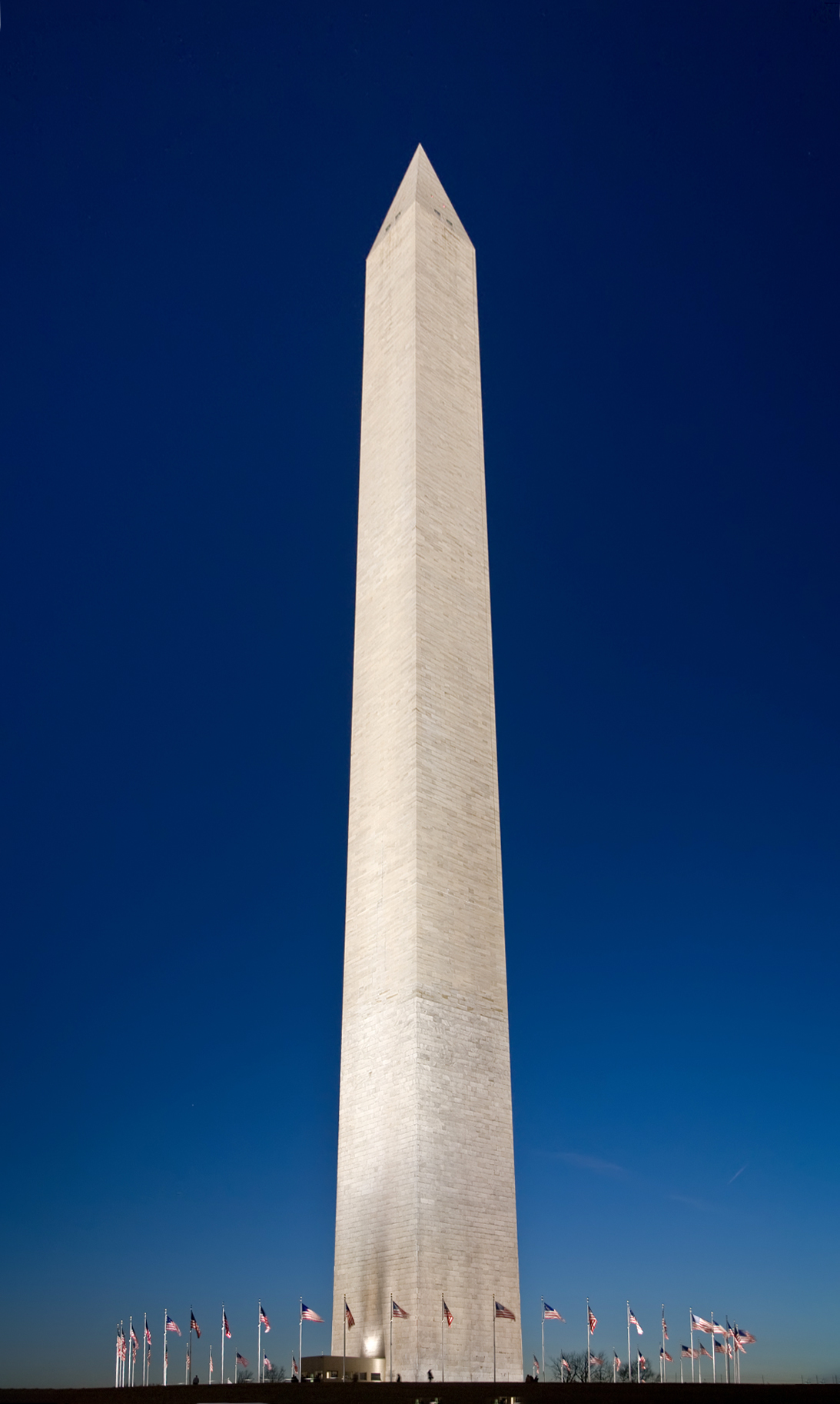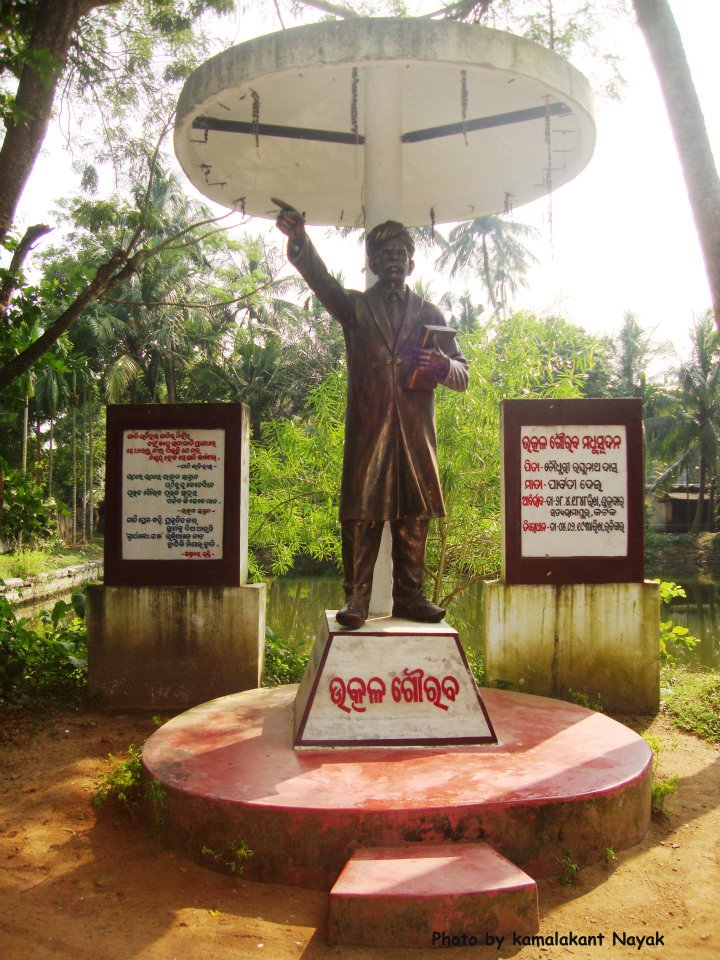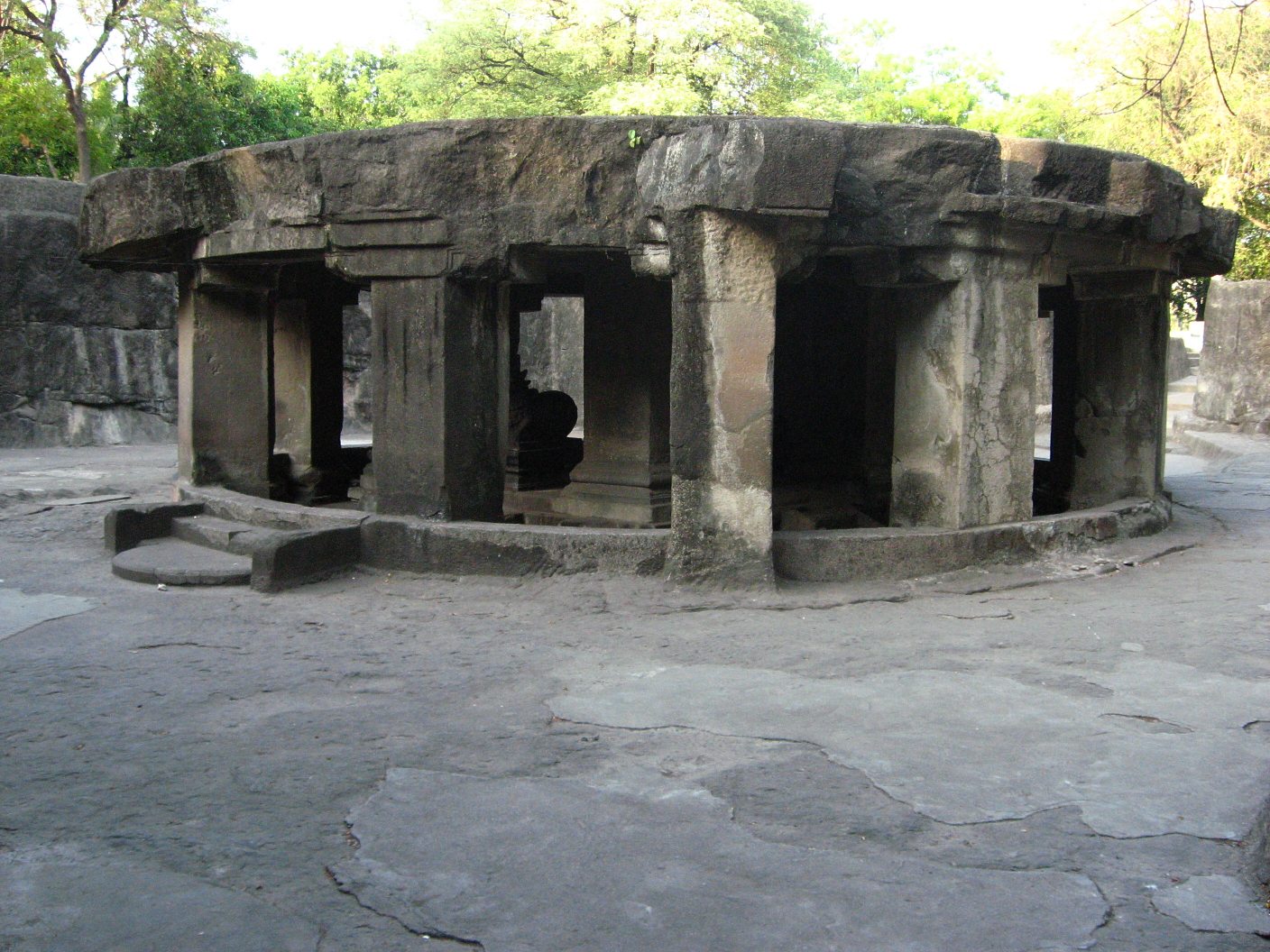|
Sashibhusan Rath
Sashibhusan Rath (1885-1943) was a social reformer, industrialist, politician and founder-cum-editor of the Dainik ''ASHA'' newspaper (The first Odia daily), published from Brahmapur. He is famously known as Ganjam Byaghra which means The Tiger of Ganjam. Early life Sashibhusan was born in Surada, Ganjam district of Odisha. Sashi was the second son of Lambodara Mohapatra by birth. He was adopted by his paternal uncle Digambar Rath on the advice of Nilakantha Mohapatra (''his grandfather''). So, from his early days, he used ''Rath'' as his surname. He completed his upper primary education from Russelkonda Board School of Bhanjanagar. He was homesick while spending his days over there. Once, he even ran away from there and arrived in Surada by walking 30 km from Bhanjanagar. In his early years he went against the social malpractices of untouchability and animal sacrifice. He completed his matriculation from Higher Secondary School of Paralakhemundi. Career After completing h ... [...More Info...] [...Related Items...] OR: [Wikipedia] [Google] [Baidu] |
Surada
Surada (also known as Sorada or Soroda) is a town and a Notified Area Council in Ganjam district in the Indian state of Odisha. Geography Surada is located at . It has an average elevation of . It is situated at the North-Western border of Ganjam district on the confluence of rivers Rushikulya and Jarau, bounded by Dharakot, Belaguntha, Bhanjanagar of Ganjam district and Daringibadi, Raikia of Kandhamal district. The approximate area of Surada Tahasil (6 Revenue circles) is about 308.23 km2, Surada Block ( Panchayat Samiti) is 97,474.15 Hectares while area of Surada N.A.C is approximately 15.15 km2 Surada Block consists of 26 Gram Panchayats with 270 villages in it, and Surada Town ( N.A.C.) with 11 wards as an urban administrative body. Gram Panchayats under Surada Block Amrutulu, Asurabandha, Badabadangi, Badagada, Badagochha, Borada, Borasingi, Bhagabanpur, Ekalapur, Gajalabadi, Gangapur, Genja, Gochha, Gopalpur Sasan, Goudagotha, Hinjal ... [...More Info...] [...Related Items...] OR: [Wikipedia] [Google] [Baidu] |
Gujarati Language
Gujarati ( ; , ) is an Indo-Aryan language native to the Indian state of Gujarat and spoken predominantly by the Gujarati people. Gujarati is descended from Old Western Rājasthāni, Old Gujarati (). In India, it is one of the 22 Languages with official status in India, scheduled languages of the Union. It is also the official language in the state of Gujarat, as well as an official language in the union territory of Dadra and Nagar Haveli and Daman and Diu. As of 2011, Gujarati is the List of languages by number of native speakers in India, 6th most widely spoken language in India by number of native speakers, spoken by 55.5 million speakers which amounts to about 4.5% of the total Indian population. It is the List of languages by number of native speakers, 26th most widely spoken language in the world by number of native speakers as of 2007.Mikael Parkvall, "Världens 100 största språk 2007" (The World's 100 Largest Languages in 2007), in ''Nationalencyklopedin''. Asteri ... [...More Info...] [...Related Items...] OR: [Wikipedia] [Google] [Baidu] |
1943 Deaths
Events Below, the events of World War II have the "WWII" prefix. January * January 1 – WWII: The Soviet Union announces that 22 German divisions have been encircled at Stalingrad, with 175,000 killed and 137,650 captured. * January 4 – WWII: Greek-Polish athlete and saboteur Jerzy Iwanow-Szajnowicz is executed by the Germans at Kaisariani. * January 10 – WWII: Guadalcanal campaign, Guadalcanal Campaign: American forces of the 2nd Marine Division and the 25th Infantry Division (United States), 25th Infantry Division begin their assaults on the Battle of Mount Austen, the Galloping Horse, and the Sea Horse#Galloping Horse, Galloping Horse and Sea Horse on Guadalcanal. Meanwhile, the Japanese Seventeenth Army (Japan), 17th Army makes plans to abandon the island and after fierce resistance withdraws to the west coast of Guadalcanal. * January 11 ** The United States and United Kingdom revise previously unequal treaty relationships with the Republic of China (1912–194 ... [...More Info...] [...Related Items...] OR: [Wikipedia] [Google] [Baidu] |
1885 Births
Events January * January 3– 4 – Sino-French War – Battle of Núi Bop: French troops under General Oscar de Négrier defeat a numerically superior Qing Chinese force, in northern Vietnam. * January 17 – Mahdist War in Sudan – Battle of Abu Klea: British troops defeat Mahdist forces. * January 20 – American inventor LaMarcus Adna Thompson patents a roller coaster. * January 24 – Irish rebels damage Westminster Hall and the Tower of London with dynamite. * January 26 – Mahdist War in Sudan: Troops loyal to Mahdi Muhammad Ahmad conquer Khartoum; British commander Charles George Gordon is killed. February * February 5 – King Leopold II of Belgium establishes the Congo Free State, as a personal possession. * February 9 – The first Japanese arrive in Hawaii. * February 16 – Charles Dow publishes the first edition of the Dow Jones Industrial Average. The index stands at a level of 62.76, and r ... [...More Info...] [...Related Items...] OR: [Wikipedia] [Google] [Baidu] |
Salt Satyagraha
The Salt march, also known as the Salt Satyagraha, Dandi March, and the Dandi Satyagraha, was an act of non violent civil disobedience in colonial India, led by Mahatma Gandhi. The 24-day march lasted from 12 March 1930 to 6 April 1930 as a direct action campaign of tax resistance and nonviolent protest against the British salt monopoly. Another reason for this march was that the Civil Disobedience Movement needed a strong inauguration that would inspire more people to follow Gandhi's example. Gandhi started this march with 78 of his trusted volunteers. The march spanned , from Sabarmati Ashram to Dandi, which was called Navsari at that time (now in the state of Gujarat). Growing numbers of Indians joined them along the way. When Gandhi broke the British Raj salt laws at 8:30 am on 6 April 1930, it sparked large-scale acts of civil disobedience against the salt laws by millions of Indians. After making the salt by evaporation at Dandi, Gandhi continued southward along the ... [...More Info...] [...Related Items...] OR: [Wikipedia] [Google] [Baidu] |
Madras Legislative Council
Tamil Nadu Legislative Council was the upper house of the former bicameral legislature of the Indian state of Tamil Nadu. It began its existence as Madras Legislative Council, the first provincial legislature for Madras Presidency. It was initially created as an advisory body in 1861, by the British colonial government. It was established by the Indian Councils Act 1861 ( 24 & 25 Vict. c. 67), enacted in the British parliament in the aftermath of the Indian Rebellion of 1857. Its role and strength were later expanded by the Indian Councils Act 1892 ( 55 & 56 Vict. c. 14). Limited election was introduced in 1909. The council became a unicameral legislative body in 1921 and eventually the upper chamber of a bicameral legislature in 1937. After India became independent in 1947, it continued to be the upper chamber of the legislature of Madras State, one of the successor states to the Madras Presidency. It was renamed as the Tamil Nadu Legislative Council when the state was renamed ... [...More Info...] [...Related Items...] OR: [Wikipedia] [Google] [Baidu] |
Godabarish Misra
Pandit Godabarish Mishra (26 October 1886 – 26 July 1956) was a poet and notable socialist from Odisha, India. He is known for his contribution to Odia literature. Early life Godabarish Mishra was born to Lingaraj Mishra and Apsara Devi in a Brahmin family in Srinibaspur Sasan, near Banapur, Khordha district. His primary education was from the village school and then received his higher education from the Puri District School in 1906 and enrolled in Ravenshaw College. He used to take tuition to cover the college fees. He received his B.A. in philosophy in 1910. He obtained his M.A. in economics from University of Calcutta in 1912. Work In teaching He was a teacher in the Satyabadi School from 1913 to 1919. Then, he became the headmaster of Chakradharpur High School in the Singhbhum district (Now in Jharkhand) from 1919 to 1921. He was sent there with the aim of preserving the Odia language in the district of Singhbhum by Pandit Gopabandhu Das. After taking part in the non-c ... [...More Info...] [...Related Items...] OR: [Wikipedia] [Google] [Baidu] |
Kolkata
Kolkata, also known as Calcutta ( its official name until 2001), is the capital and largest city of the Indian state of West Bengal. It lies on the eastern bank of the Hooghly River, west of the border with Bangladesh. It is the primary financial and commercial centre of eastern and northeastern India. Kolkata is the seventh most populous city in India with an estimated city proper population of 4.5 million (0.45 crore) while its metropolitan region Kolkata Metropolitan Area is the third most populous metropolitan region of India with a metro population of over 15 million (1.5 crore). Kolkata is regarded by many sources as the cultural capital of India and a historically and culturally significant city in the historic region of Bengal.————— The three villages that predated Calcutta were ruled by the Nawab of Bengal under Mughal suzerainty. After the Nawab granted the East India Company a trading license in 1690, the area was developed by ... [...More Info...] [...Related Items...] OR: [Wikipedia] [Google] [Baidu] |
Madhusudan Das
Madhusudan Das (28 April 1848 – 4 February 1934) was an Indian lawyer and social reformer, who founded Utkal Sammilani in 1903 to campaign for the unification of Odisha along with its social and industrial development. He was one of the prominent figure, helping in the creation of Orissa Province (present-day Odisha, India), which was established on 1 April 1936. He was also the first graduate and advocate of Odisha. He is also known as Kulabruddha (''Grand Old Man''), Madhu Babu, and Utkal Gouraba (''Pride of Utkal''). In Odisha, his birthday is celebrated as the Lawyers' Day on 28 April. Family Madhusudan Das was born 28 April 1848 at Satyabhamapur, from Cuttack during the Company rule in India in a Zamindar Karan family. His father was Choudhury Raghunath Das and his mother, Parbati Debi. They had initially named him Choudhury Gobinda Ballabha Das . He had two elder sisters and a younger brother named Choudhury Gopalballabha Das. Gopalballabh was a Magistrate at Bi ... [...More Info...] [...Related Items...] OR: [Wikipedia] [Google] [Baidu] |
Pune
Pune ( ; , ISO 15919, ISO: ), previously spelled in English as Poona (List of renamed Indian cities and states#Maharashtra, the official name until 1978), is a city in the state of Maharashtra in the Deccan Plateau, Deccan plateau in Western India. It is the administrative headquarters of the Pune district, and of Pune division. In terms of the total amount of land under its jurisdiction, Pune is the largest city in Maharashtra, with a geographical area of 516.18 sq km, though List of cities in India by population, by population it comes in a distant second to Mumbai. According to the 2011 Census of India, Pune has 7.2 million residents in the metropolitan region, making it the List of metropolitan areas in India, seventh-most populous metropolitan area in India. The city of Pune is part of Pune Metropolitan Region. Pune is one of the largest IT hubs in India. It is also one of the most important Automotive industry in India, automobile and Manufacturing in India, manufacturin ... [...More Info...] [...Related Items...] OR: [Wikipedia] [Google] [Baidu] |
Bombay
Mumbai ( ; ), also known as Bombay ( ; its official name until 1995), is the capital city of the Indian States and union territories of India, state of Maharashtra. Mumbai is the financial centre, financial capital and the list of cities in India by population, most populous city proper of India with an estimated population of 12.5 million (1.25 crore). Mumbai is the centre of the Mumbai Metropolitan Region, the List of largest cities, seventh-most populous metropolitan area in the world with a population of over 23 million (2.3 crore). Mumbai lies on the Konkan coast on the west coast of India and has a deep natural harbour. In 2008, Mumbai was named an Globalization and World Cities Research Network#Alpha, alpha world city. Mumbai has the List of cities by number of billionaires, highest number of billionaires out of any city in Asia. The seven islands that constitute Mumbai were earlier home to communities of Marathi language-speaking Koli people. For cent ... [...More Info...] [...Related Items...] OR: [Wikipedia] [Google] [Baidu] |
Ganjam District
Ganjam is a district in the Indian state of Odisha. Ganjam's total area is 8,206 km² (3,168 mi²). The district headquarters is Chhatrapur. Ganjam is divided into three sub-divisions: Chhatrapur, Berhampur, and Bhanjanagar. As of 2011, it is the most populous district of Odisha (out of 30). History Ganjam was a part of ancient Dakshina Kalinga. The Mauryan emperor Ashoka inscribed his message at Jaugada near the banks of the Rushikulya, in the present-day Ganjam district. Scholars thus conclude that a significant part of Ganjam was under the rule of Ashoka. There are multiple theories regarding the name 'Ganjam'. During the 7th century, the region was known as Kangoda or Kongoda. Some scholars believe the word evolved from this ancient name while others suggest the name of the region likely derives from the Persian word "Ganj", meaning 'granary' or 'market' thus signifying the importance of historical ports and being the respective center of trade and commerc ... [...More Info...] [...Related Items...] OR: [Wikipedia] [Google] [Baidu] |






